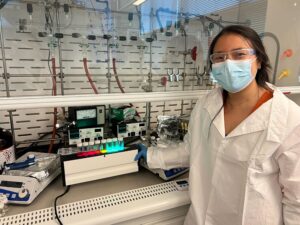Center for Integration of Modern Optoelectronic Materials on Demand (IMOD)
The National Science Foundation Center for Integration of Modern Optoelectronic Materials on Demand, or NSF-IMOD for short, is a collaborative research community that is focused on advancing new materials and devices that operate at the junction between light waves and electrical current, so-called optoelectronics. Progress in this field could have enormous societal impacts, reducing the energy demand of our communications networks and electronic displays and devices, increasing computational and communication speeds, enhancing cyber security and opening doors to new digital worlds, such as quantum computing.
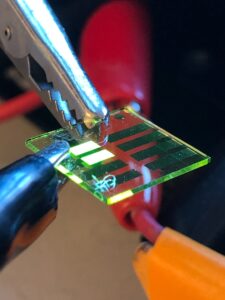
To accelerate progress IMOD brings together a multidisciplinary community; chemists to synthesize new materials; physicists and engineers to develop new ways to incorporate these materials into devices and electronics; device makers to build new systems around these new components and investigate their new properties; and theoreticians and computer scientists to enhance understanding throughout the process and provide predictions and guidance. Working together we can move further, faster. If you were trying to build a house, you would not ask a carpenter to lay bricks, or a window fitter to install your kitchen. By bringing together a multidisciplinary community of specialists we can generate new ideas and directions.
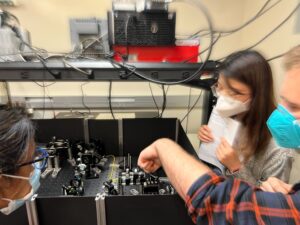
The IMOD community includes 23 faculty-led research groups based across 11 US academic institutions, with over 100 research scientists and engineers. The wider IMOD community encompasses partnerships with a number of minority serving institutions and industrial organizations. The University of Washington is the headquarters and hub of this community, and includes 6 core research groups and 2 Seed groups, spread across four UW Departments; Department of Chemistry (Cossairt, Gamelin, Ginger (IMOD Director)); Department of Physics (Fu); Electrical & Computer Engineering (Majumdar); and Mechanical Engineering (MacKenzie).
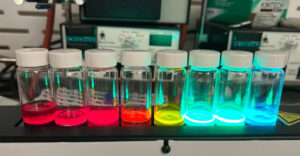
Mission
- Transform conventional and quantum optoelectronics through the development of atomically-precise semiconductor materials and scalable manufacturing processes
- Educate a diverse generation of scientists and engineers to lead the U.S. to technological prominence through convergent team-based collaboration across traditional disciplinary and organizational interfaces
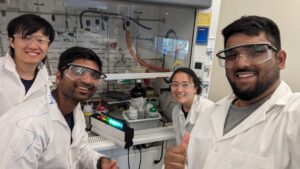
Primary UW Unit
College of Arts & Sciences
